It’s said that “home is where the heart is.” We hide away in it after a demanding day; it’s our haven. Nevertheless, what if I told you that certain unexpected health dangers can be hidden in your comfortable home? Indeed, such commonplace objects and behaviors may not be as benign as they appear. Now let’s explore 12 startling health hazards that may be present in your house, but you were probably unaware of.
Mold
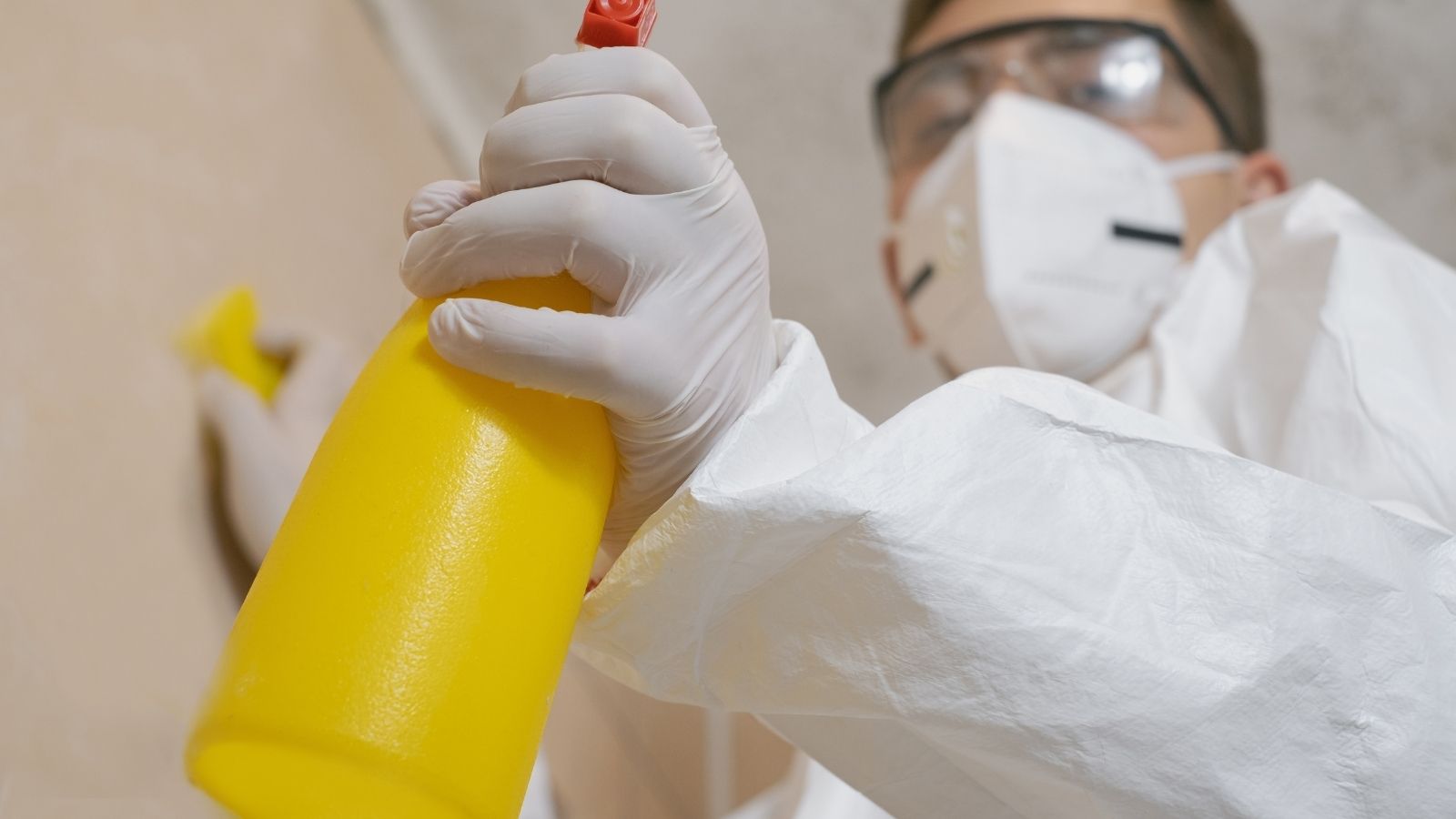
Bathrooms, basements, and places behind walls are ideal spots for mold growth. Not only is it disgusting, but it could also be harmful. In addition to skin irritations and respiratory problems, mold spores can also lead to more serious illnesses, including fungal infections or chronic bronchitis. Make sure your house has adequate ventilation and fix any leaks immediately to stop mold from growing there.
Dust Mites
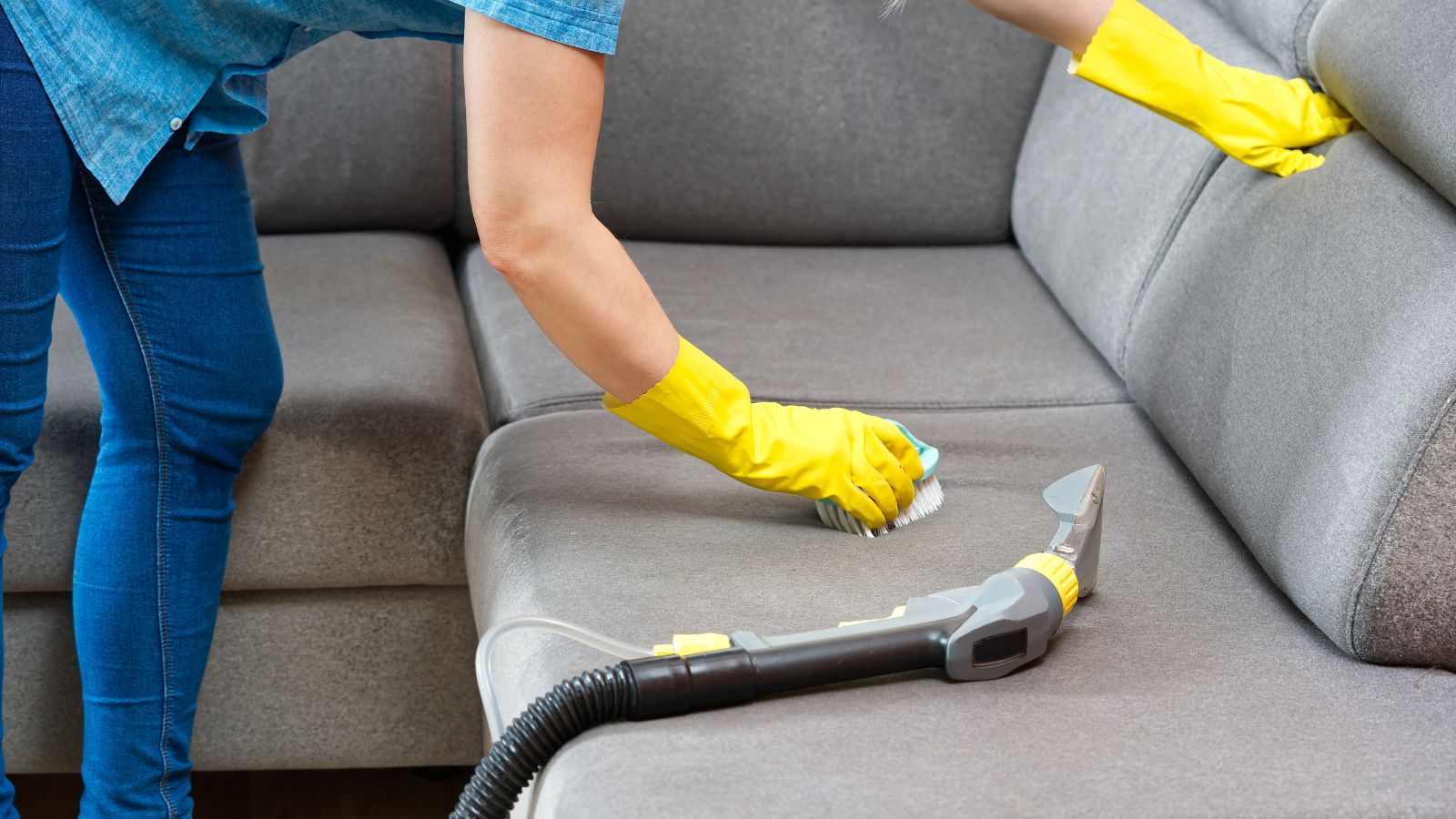
Though they are invisible to the naked eye, dust mites are present on all carpets, beds, and pillows. Warm, humid conditions are ideal for dust mite growth, which can aggravate allergies and asthma. These microscopic creatures feed on dead skin cells and can cause sneezing, runny noses, and even breathing problems. They can be warded off with regular hot water washings of your bedding and HEPA-filtered vacuuming.
Radon
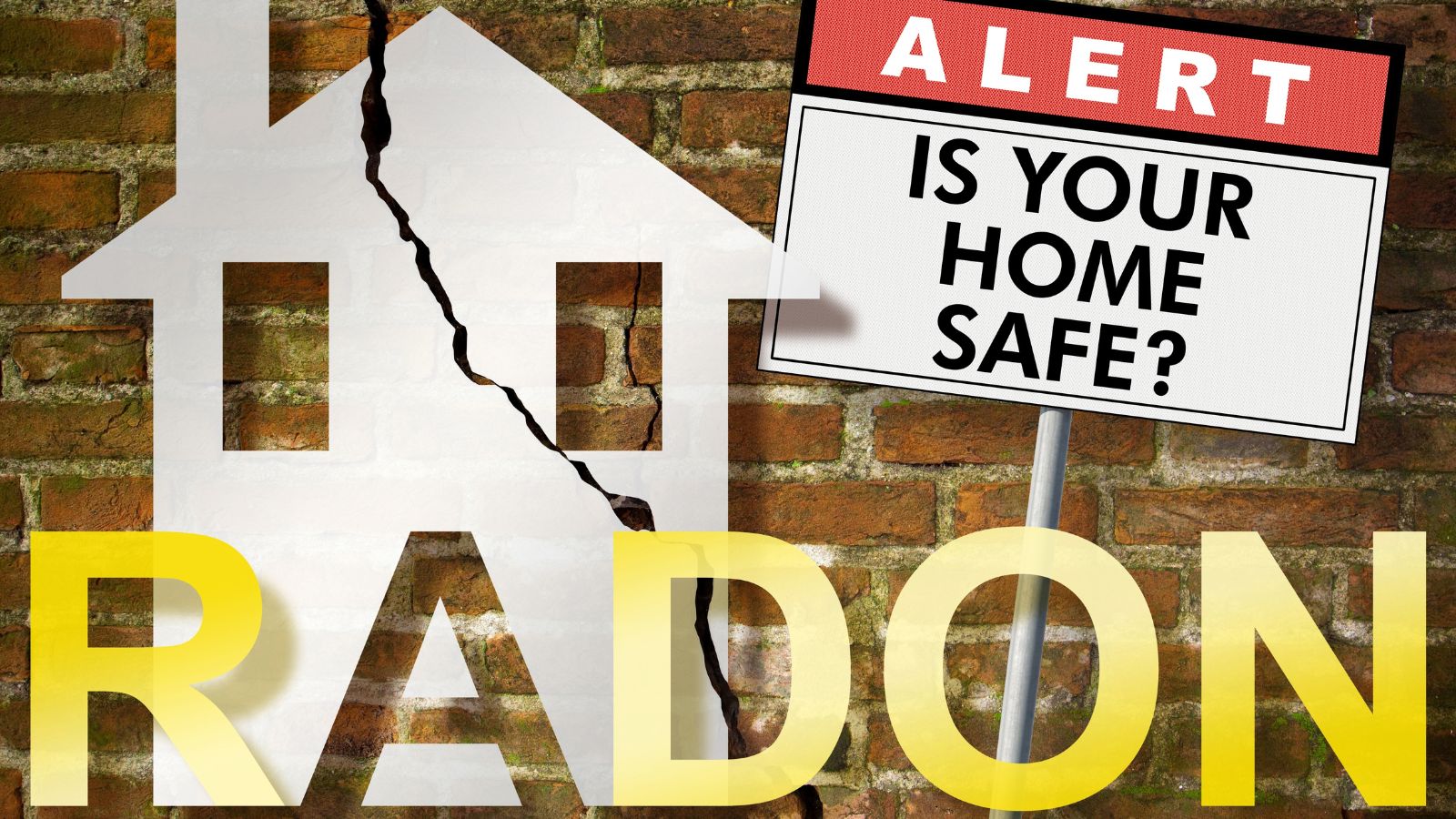
Radioactive radon gas enters homes through foundational fissures. It is odorless, colorless, and the second most common cause of lung cancer after smoking. Testing is the only way to determine whether the radon levels in your house are high. Radon mitigation systems can be installed to lower your exposure if it is found.
Carbon Monoxide
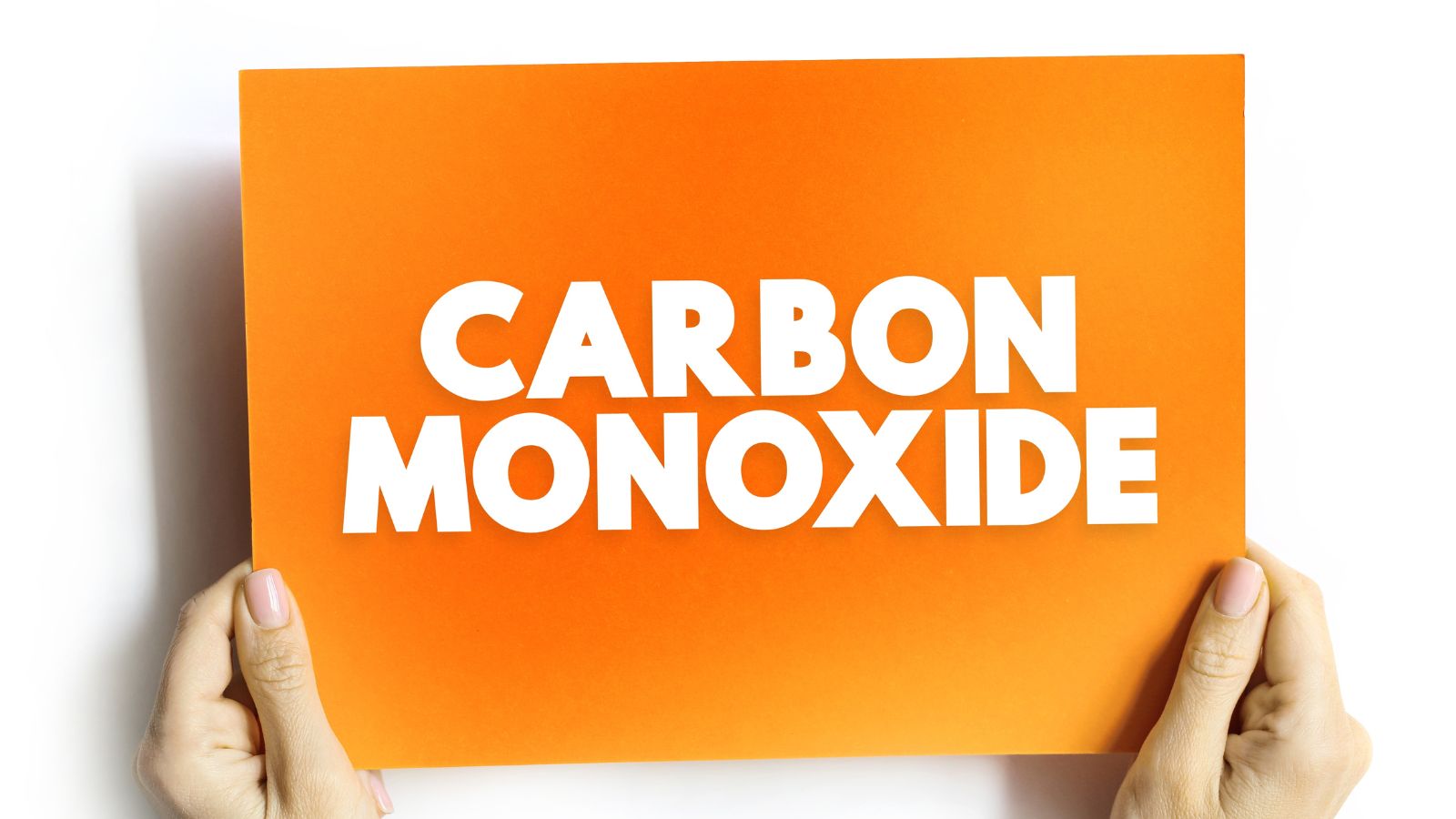
Carbon monoxide, known as the “silent killer,” is worth mentioning. This colorless, odorless gas can escape from your stove, furnace, or fireplace and cause symptoms including headaches, vertigo, and, in extreme situations, even death. To reduce dangers, install carbon monoxide detectors on each story and make sure all appliances have enough ventilation.
The Household Cleaners
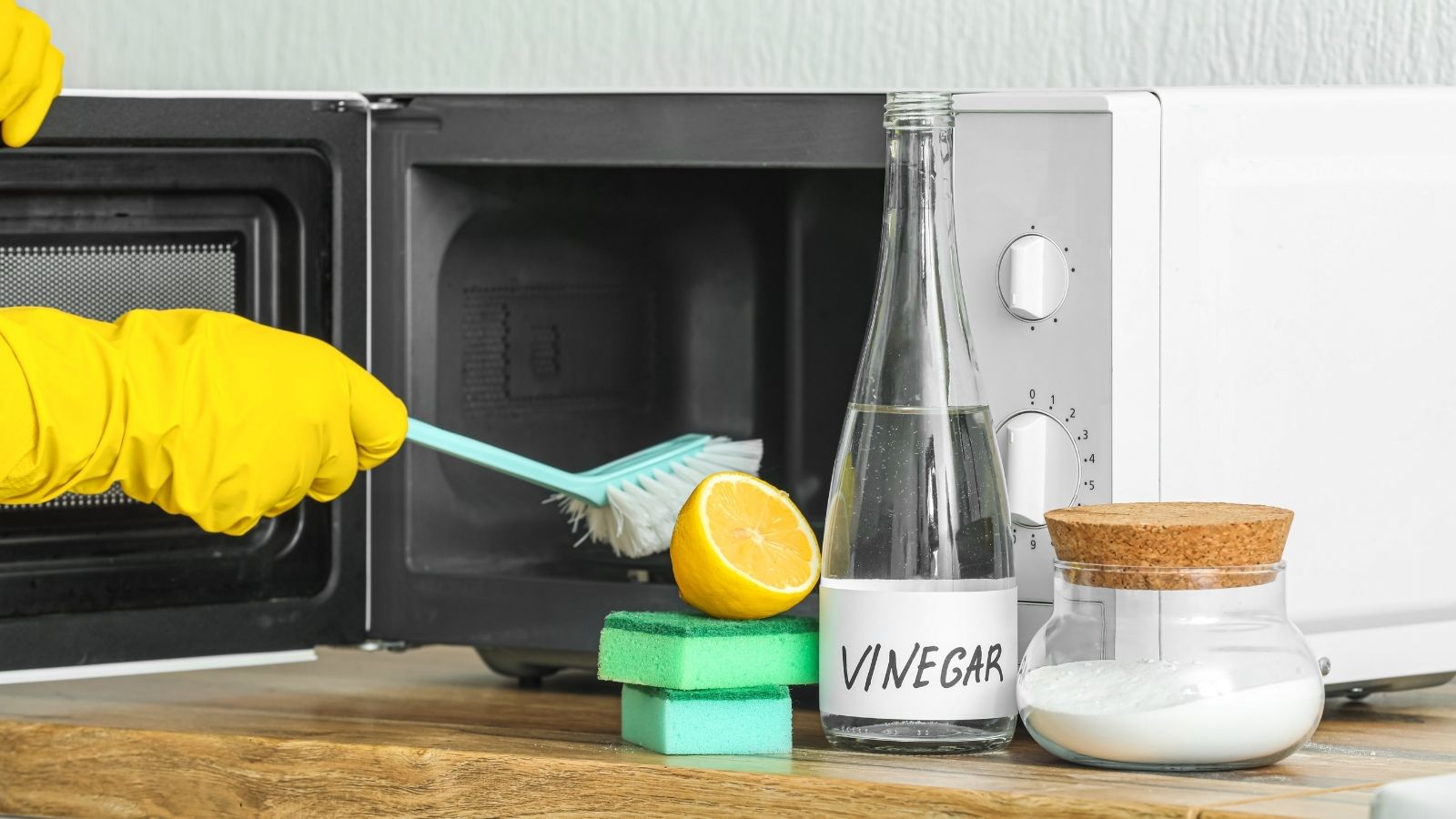
Everyone enjoys having a clean home, but many everyday cleaning supplies include dangerous ingredients like phthalates, ammonia, and bleach. These toxins may irritate your skin, eyes, and lungs, and extended exposure may result in more severe health issues. Instead of using harsh chemicals, consider using homemade or natural cleaning products that are just as effective.
Non-Stick Cookware
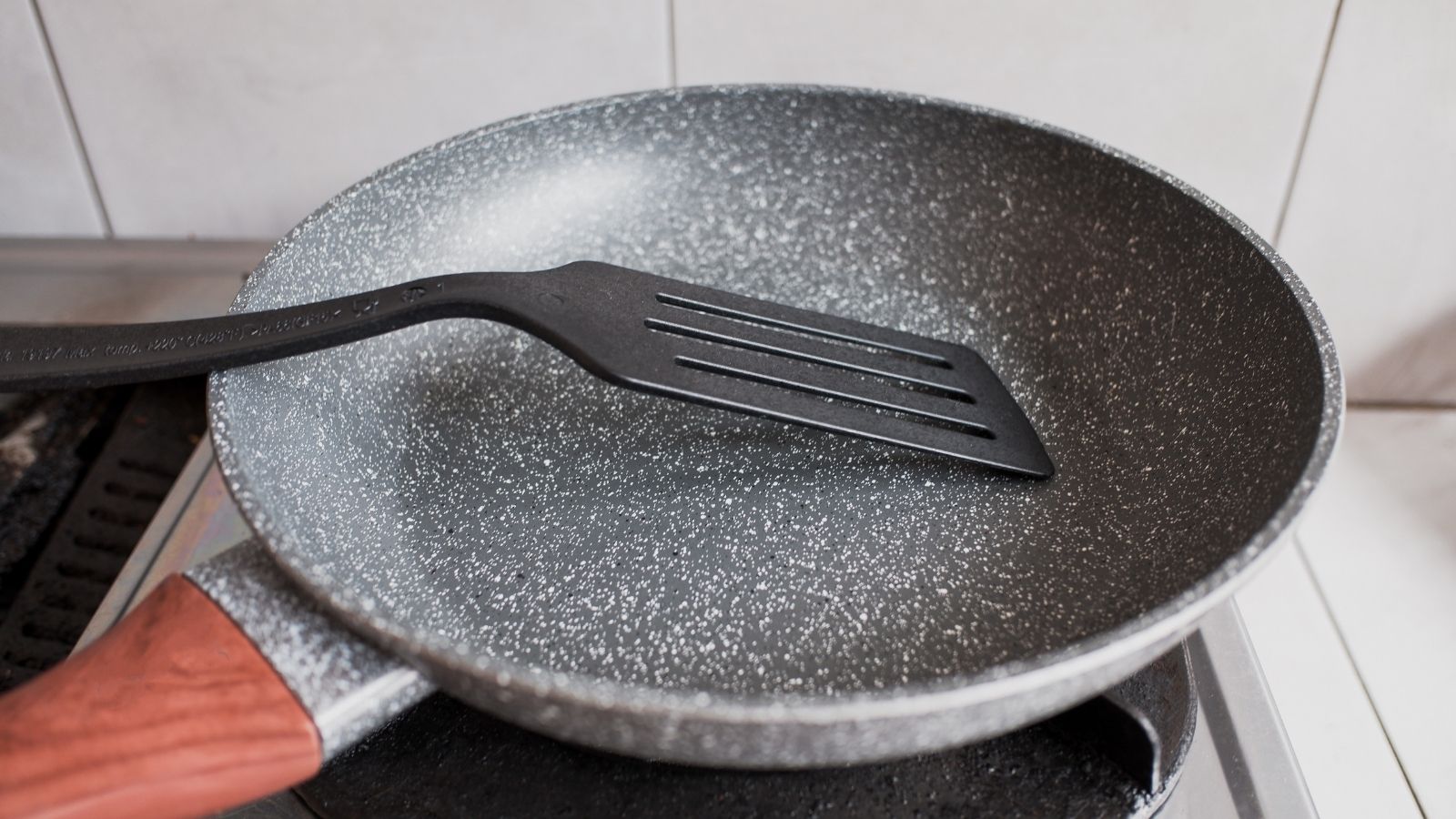
For those who detest cleaning stuck-on food, non-stick cookware is a godsend, but there is a risk associated with using it. The coating on these pans has the potential to release harmful vapors when it overheats, which could result in flu-like symptoms initially and more serious health problems later on. Choose safer substitutes such as stainless steel or cast iron.
Pesticides
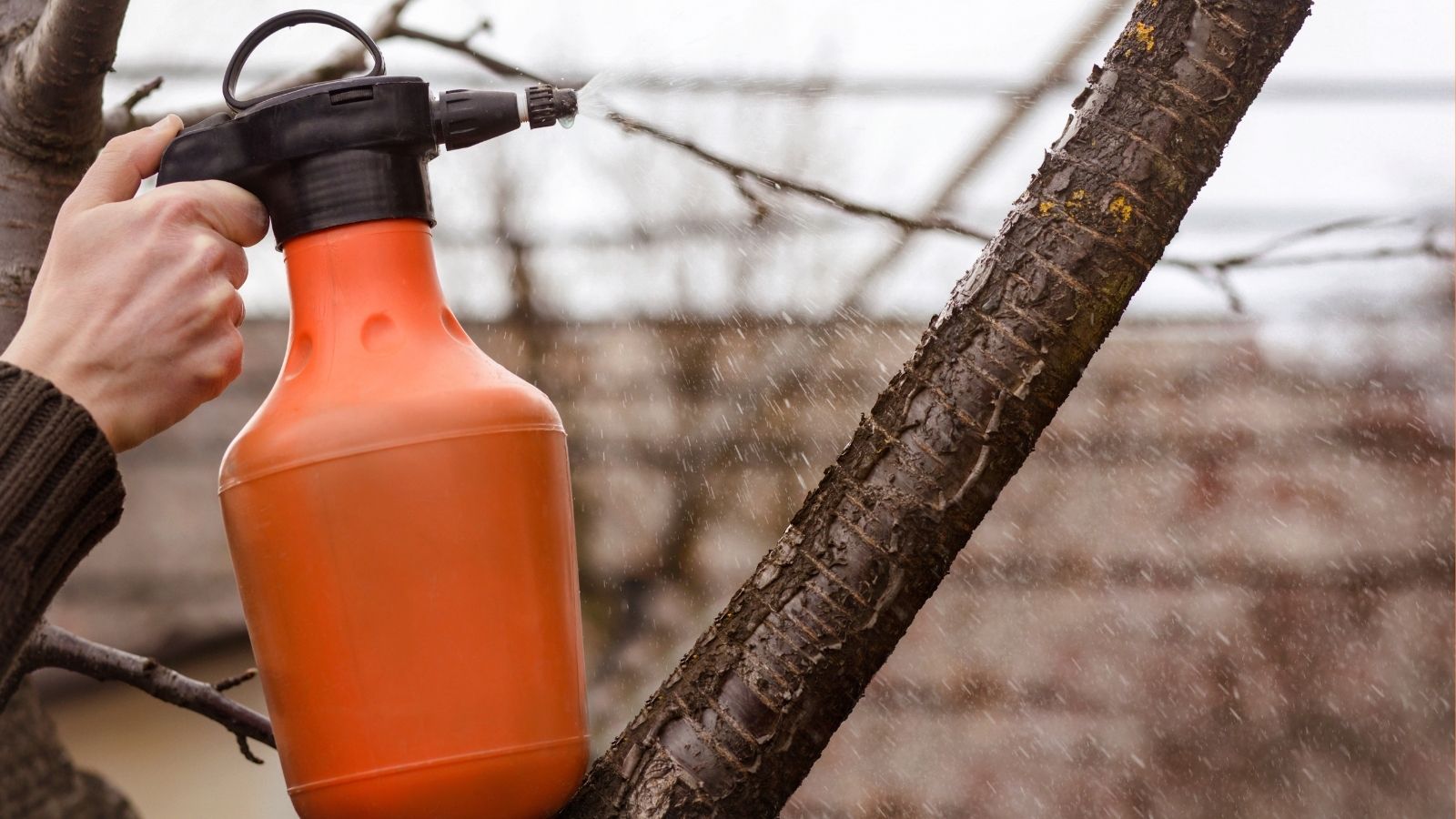
Pesticides help keep unwanted pests out of your garden but can also harm your health. Exposure to pesticides can cause skin rashes, respiratory problems, and even long-term consequences, including brain damage. To keep your house and body safe, always carefully follow the directions, wear protective gear, and consider natural alternatives.
Lead Paint
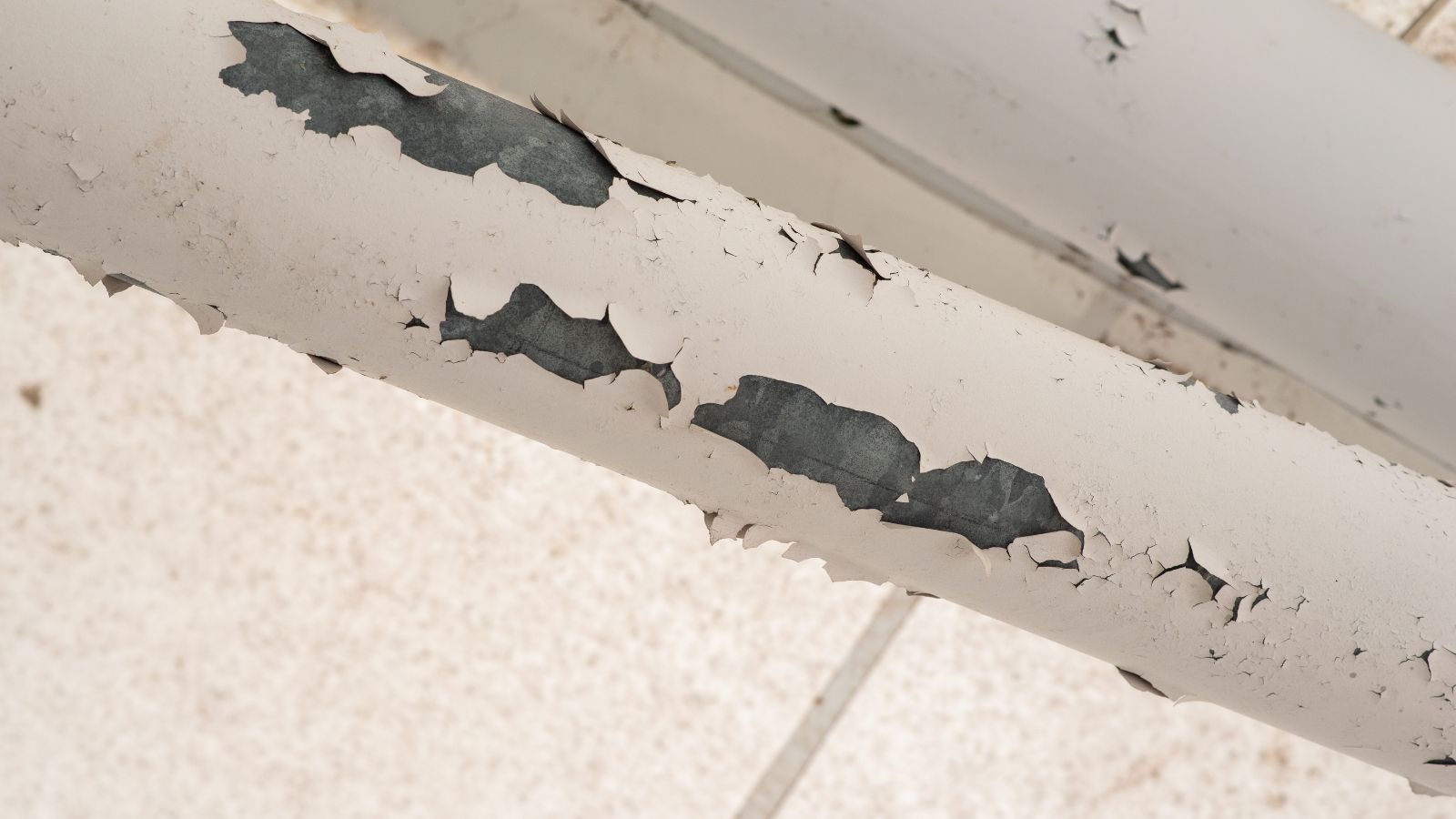
Lead-based paint is likely present in homes constructed before 1978. Children who are exposed to lead are especially vulnerable to behavioral disorders, learning challenges, and developmental problems. To avoid exposure, it is advisable to get any lead paint in your home that you suspect is properly removed or sealed.
Asbestos
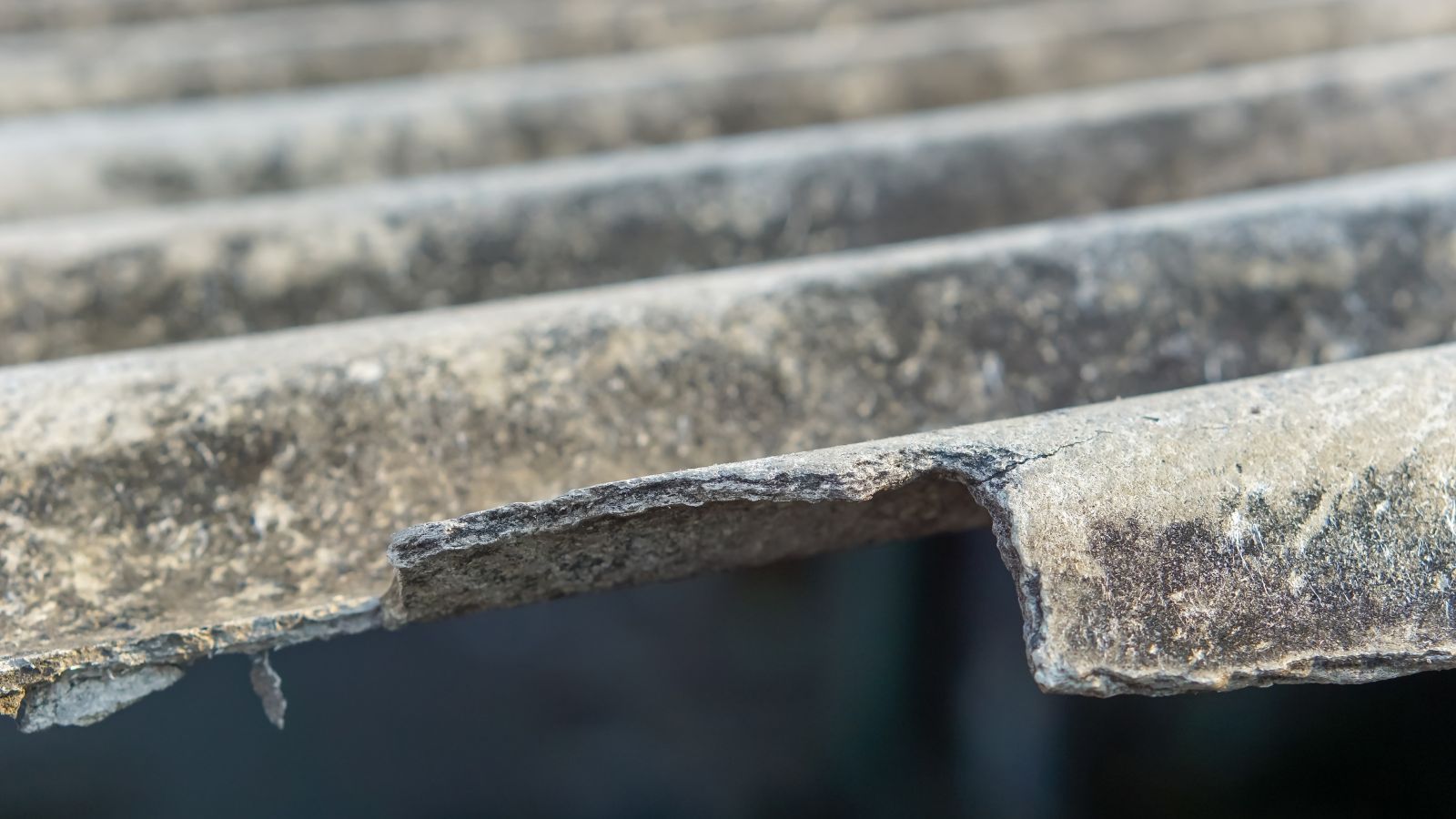
Once praised for its strength and heat resistance, asbestos was frequently found in ceilings, floor tiles, and insulation. But mesothelioma and lung cancer are just two of the major health problems it is now known to cause. To prevent harmful fibers from being released into the air, you must have an expert inspect your older property for asbestos before making any changes.
Lighters and Air Fresheners
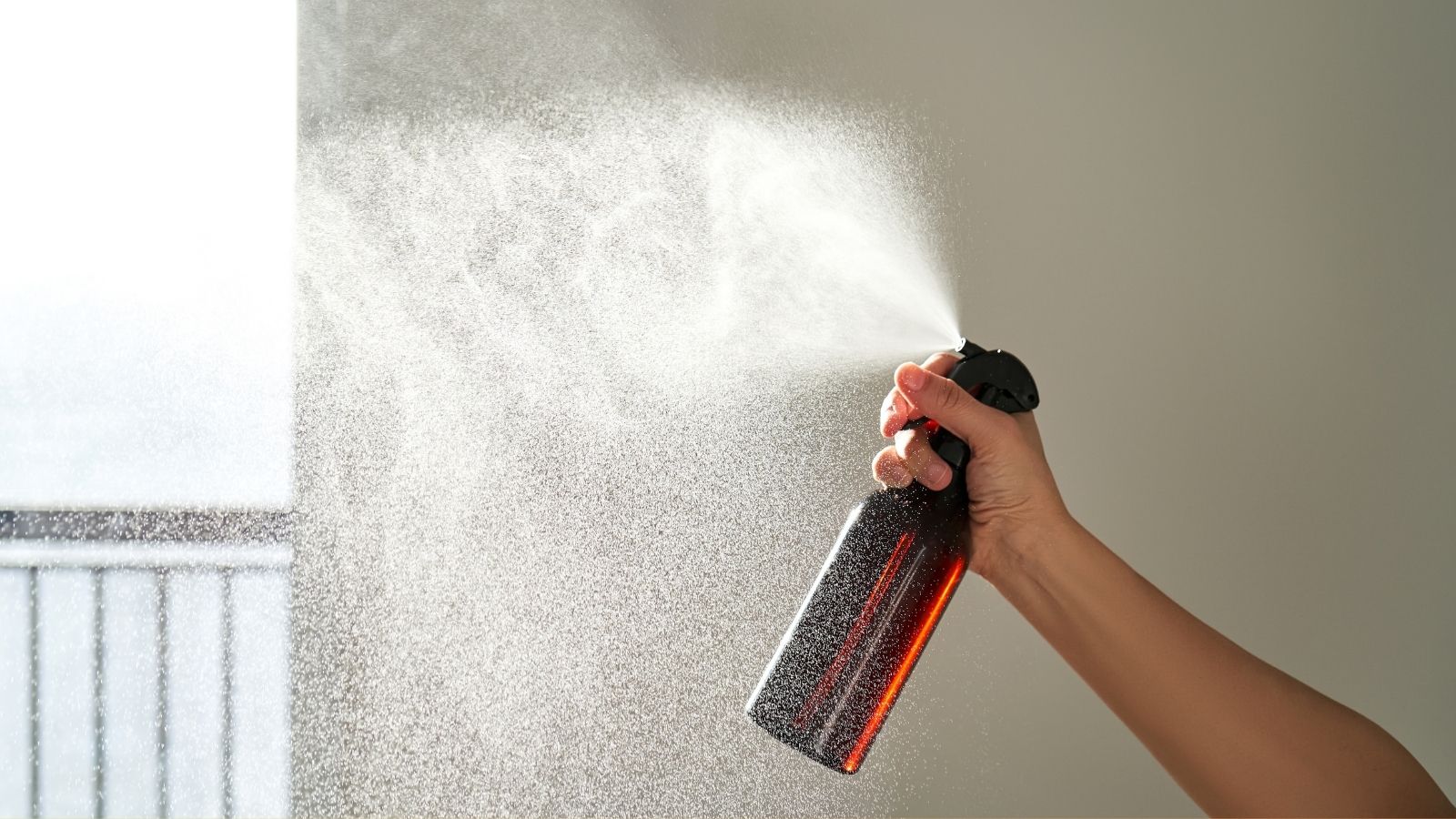
A pleasant-smelling house is loved by all. However, that air freshener or candle with a pleasant scent could be introducing dangerous substances like benzene and formaldehyde into your home. In certain situations, these may potentially be carcinogenic. They can also give rise to headaches and respiratory issues. Rather, use natural substitutes like essential oils or beeswax candles to keep your home smelling fresh without the risks.
Water Contaminants
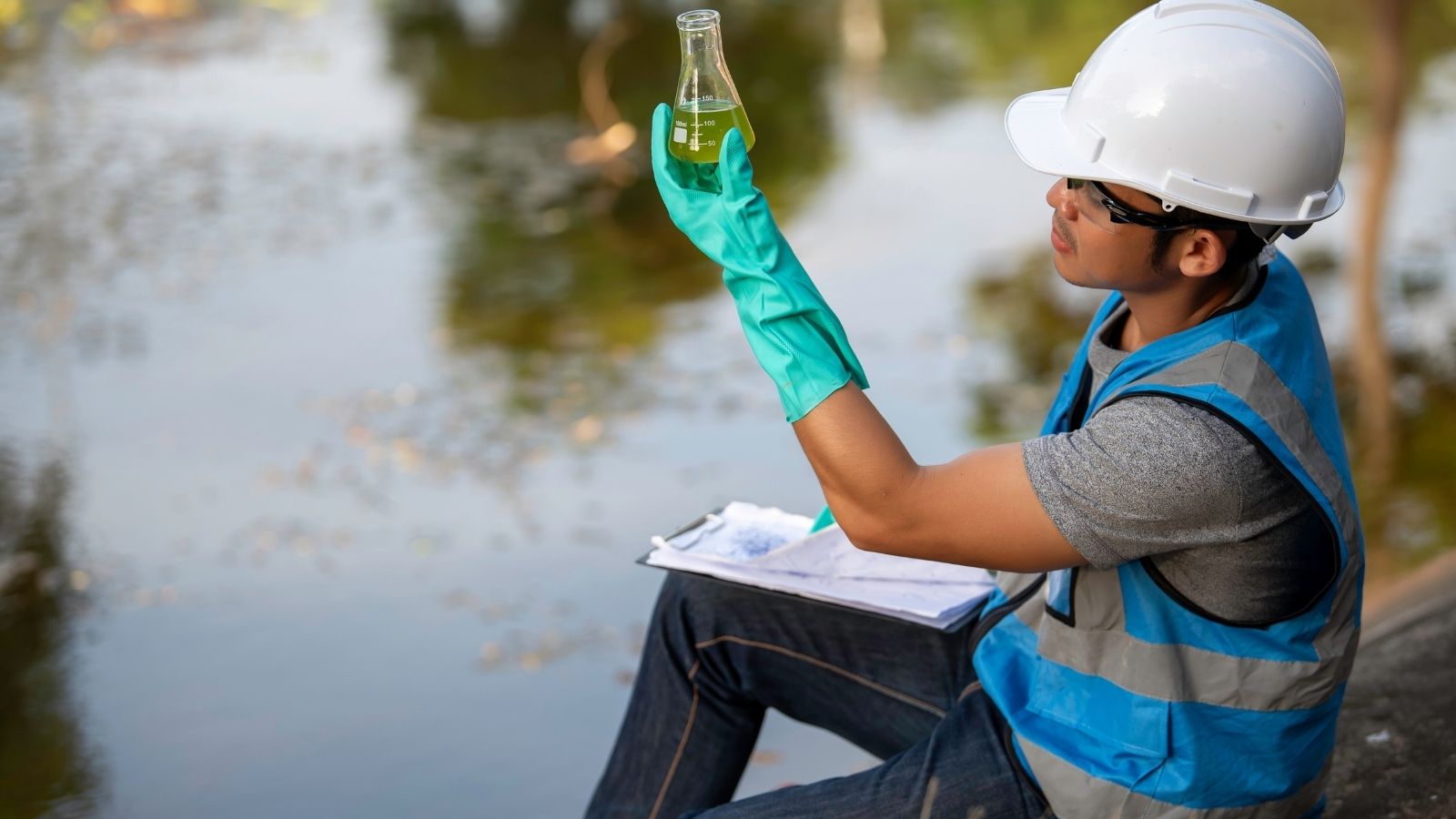
As much as we take our tap water for granted, it can contain a multitude of impurities, such as pesticides, chlorine, and heavy metals. Drinking tainted water can result in several health concerns, such as persistent long-term illnesses and digestive disorders. Make sure the water you drink is safe and clean by installing a water filter or buying bottled water.
Electronic Devices
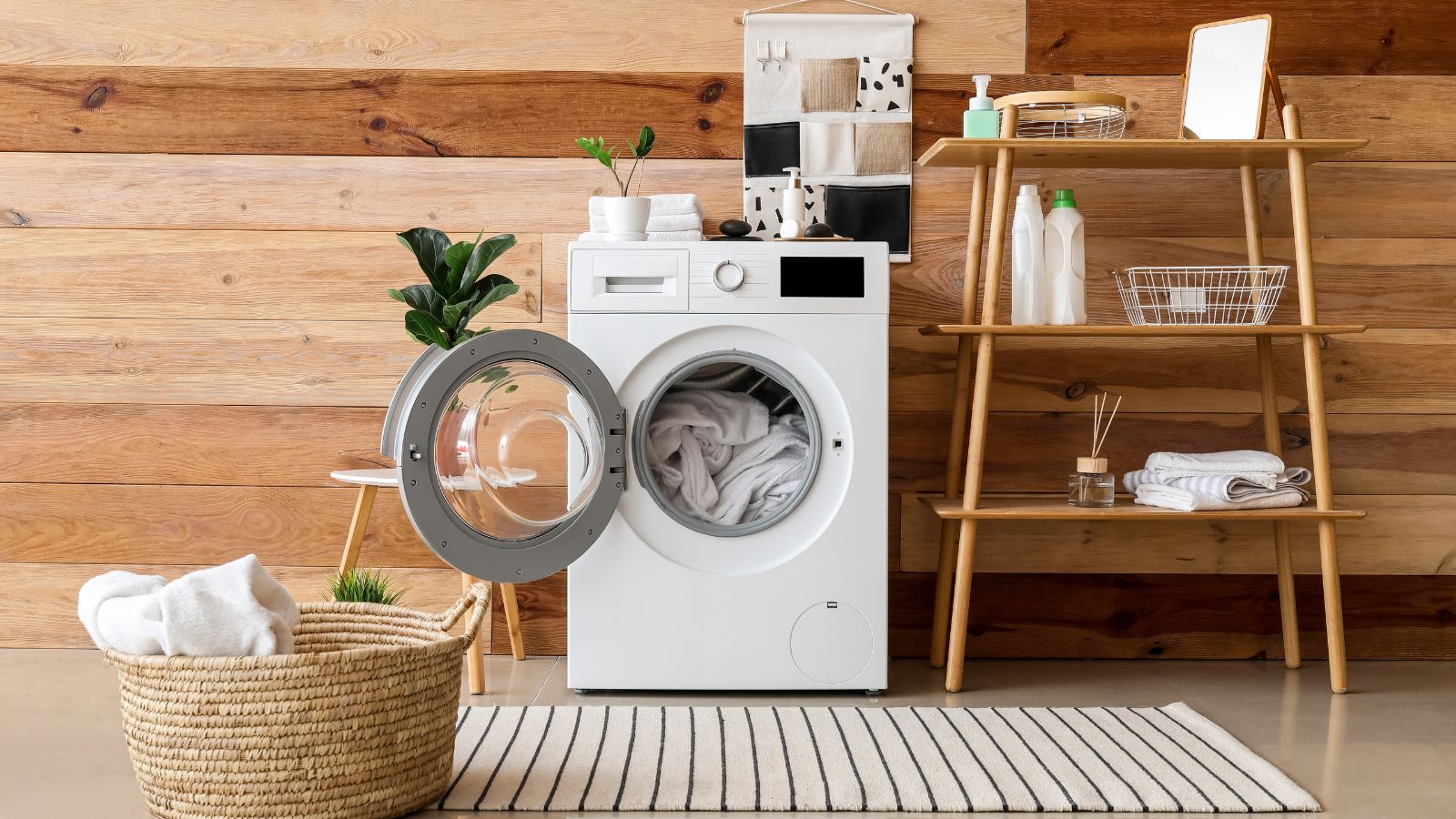
Although there are electronic devices all around us, such as phones, Wi-Fi routers, and microwaves, research is still being done on the long-term impacts of electromagnetic field (EMF) exposure. Some scientists speculate that exposure to electromagnetic fields (EMFs) may be linked to health problems like cancer, exhaustion, and headaches. Even while you don’t have to give up your gadgets, it’s a good idea to minimize your exposure when you can. For example, switch off your Wi-Fi at night and remove your phone from your body when not in use.
Conclusion
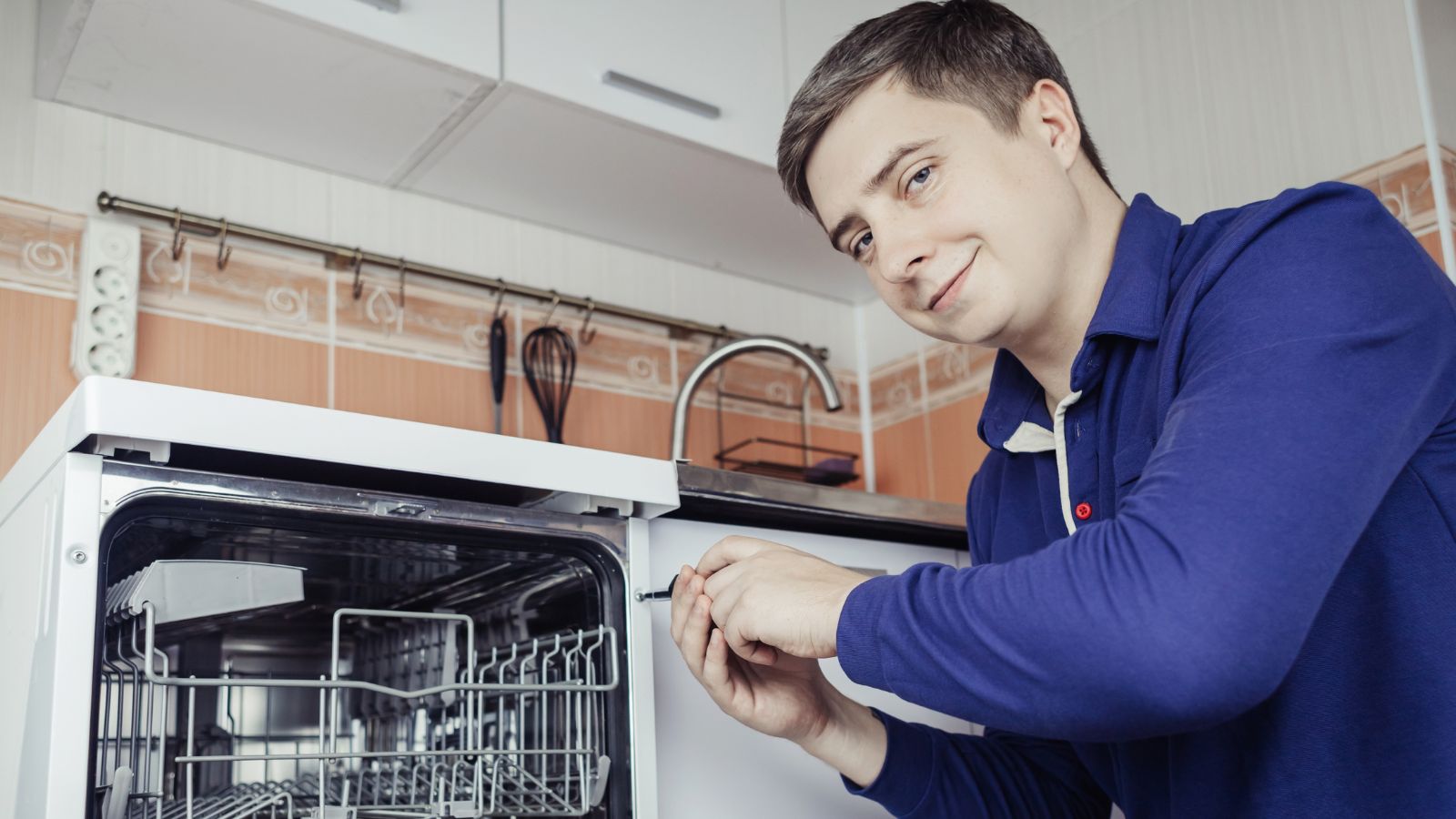
Our houses should be secure havens, but we frequently ignore the unanticipated health hazards that can be present. We can greatly lessen these hidden risks by being knowledgeable and implementing easy preventative measures, such as radon testing, selecting non-toxic items, and making sure there is enough ventilation. Simple, thoughtful actions that put your health first will go a long way toward making your house healthier. In order to make sure that your house is a place where you and your loved ones may live in comfort, safety, and health, act now.
18 Reasons Why People Are Leaving Florida in Masses

Exploring factors that impact the desirability of living in Florida, this list delves into various challenges shaping residents’ experiences. From environmental concerns like rising sea levels to economic factors such as fluctuating job markets, these issues collectively contribute to a nuanced understanding of the state’s appeal.
18 Reasons Why People Are Leaving Florida in Masses
